The Oldest Stone Tools Yet Discovered Are Unearthed in Kenya
3.3 million-year-old artifacts predate the human genus
/https://tf-cmsv2-smithsonianmag-media.s3.amazonaws.com/filer/1c/3b/1c3bc28d-b65a-429d-a3ad-97d018646972/tool-in-situ-being-unearthed-at-excavation_3_edit.jpg)
Approximately 3.3 million years ago someone began chipping away at a rock by the side of a river. Eventually, this chipping formed the rock into a tool used, perhaps, to prepare meat or crack nuts. And this technological feat occurred before humans even showed up on the evolutionary scene.
That’s the conclusion of an analysis published today in Nature of the oldest stone tools yet discovered. Unearthed in a dried-up riverbed in Kenya, the shards of scarred rock, including what appear to be early hammers and cutting instruments, predate the previous record holder by around 700,000 years. Though it’s unclear who made the tools, the find is the latest and most convincing in a string of evidence that toolmaking began before any members of the Homo genus walked the Earth.
“This discovery challenges the idea that the main characters that make us human—making stone tools, eating more meat, maybe using language—all evolved at once in a punctuated way, near the origins of the genus Homo,” says Jason Lewis, a paleoanthropologist at Rutgers University and co-author of the study.
Up until now, the earliest clear evidence of stone tools came from a 2.6-million-year-old site in Ethiopia. An early human ancestor called Homo habilis likely made them. Similar “Oldowan style” tools, known for choppers with one refined edge, have been discovered at several other sites in East and Southern Africa.
The common assumption has been that as Africa’s climate changed and forest canopies gave way to savannas, early hominins diversified and the Homo genus—the line that would produce modern humans—emerged, around 2.8 million years ago. With new environments came new food sources and a need for tools to process those foods. Grassland may have provided ample sources of meat, plants and nuts, while the forest provided shade and cover to prepare them.
But scientists have started to poke holes in that line of thinking. In 2010, researchers found fossilized animal bones in Kenya dating to 3.4 million years ago with cut marks on them—possibly made from a stone tool, though still controversial. Australopithecus afarensis (Lucy’s species) was the only human ancestor or relative around at the same time and place. Another hominin, Australopithecus africanus, appears to have had a grip strong enough for tool use. Studies show chimpanzees use rocks as hammers or anvils on their own in the wild, and, with a little guidance, bonobos are capable of creating stone tools.
Back in July of 2011, Lewis teamed up with his wife and co-author Sonia Harmand, an archaeologist at Stony Brook University, to lead a field expedition in Kenya for the West Turkana Archaeological Project. They were looking for artifacts similar in age to a controversial 3.5 million-year-old species discovered by Meave Leakey’s group years earlier.
But, the survey team took a wrong turn and ended up at a site now called Lomekwi 3 in dried river ravine. “To us it was immediately a very interesting area,” notes Harmand, “with outcrops and erosive cuts, you could see what was normally hidden by the sediment.” So, they spread out and started looking.
Just after teatime, a radio call came in: Someone had spotted a series of strange stones sticking out of the sediment. Scars cut into the stones set them apart from run-of-the-mill rocks. “You can tell these scars are organized,” says Harmand. The rocks had been hit against one another to detach flakes, a process called knapping. Based on geological records for the area, the artifacts had to be at least 2.7 million years old. “We had no champagne that evening, but we were very happy,” Harmand recalls.
As it turned out, the 149 artifacts eventually excavated from the site were even older. Analyses of magnetic minerals and volcanic ash tufts imbedded in the local rocks put the age of the stones at 3.3 million years.
“I've seen the altered rocks, and there is definitely purposeful modification of the stones by the hominins at the Lomekwi site 3.3 million years ago,” says paleoanthropologist Rick Potts, director of the Smithsonian’s Human Origins Program, who was not affiliated with the study. Potts notes that while the study is exciting, it also raises a lot of big questions.
Among them, how are these new artifacts related to the Oldowan tools? The short answer is no one knows. “We've jumped so far ahead with this discovery, we need to try to connect the dots back to what we know is happening in the early Oldowan,” says Harmand.
What’s perhaps most intriguing about the Lomekwi tools is who made them, why and how.
Further analysis of the markings on the tools and attempts to replicate their production suggests two possible ways: The toolmaker might have set the stone on a flat rock and chipped away at it with a hammer rock. Or, the toolmaker could have held the stone with two hands and hit it against the flat base rock. “It’s very rudimentary,” says Harmand.
(The early humans who made the Oldowan tools used an entirely different method: putting a rock in each hand and striking them together with just the right force at just the right angle—which would have required more dexterity.)
As for who, the species identified by Meave Leakey’s group, Kenyanthropus platyops, is a prime suspect. If that’s true, or if the Lomekwi tools were made by another species outside the human genus, some of the same factors that drove our evolution might also have driven the evolution of other distant cousins.
But, Lewis and Harmand aren’t ruling out the possibility that an unknown member of the human genus once inhabited the area and made the tools. “That's a different but equally interesting story, in which our genus evolved half a million years before, and in response to completely different natural selective pressures, than we currently think,” says Lewis.
Whoever made these tools was somehow motivated to hit two rocks together. Why exactly remains a mystery.
/https://tf-cmsv2-smithsonianmag-media.s3.amazonaws.com/accounts/headshot/Screen_Shot_2014-01-27_at_12.05.16_PM.png)
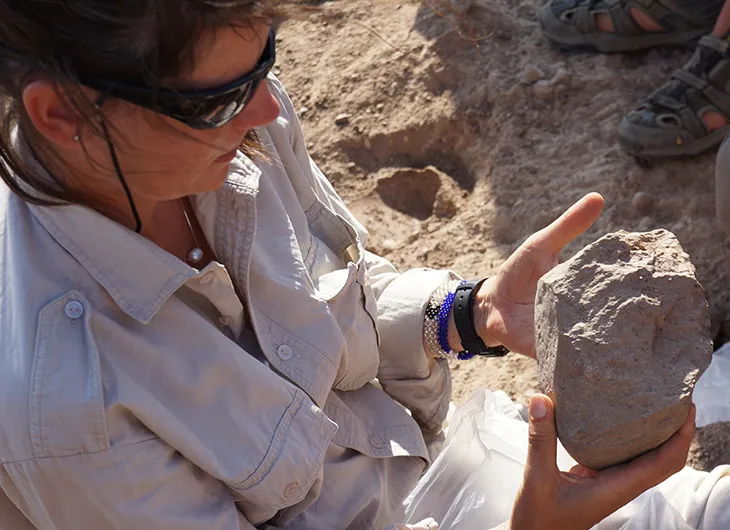
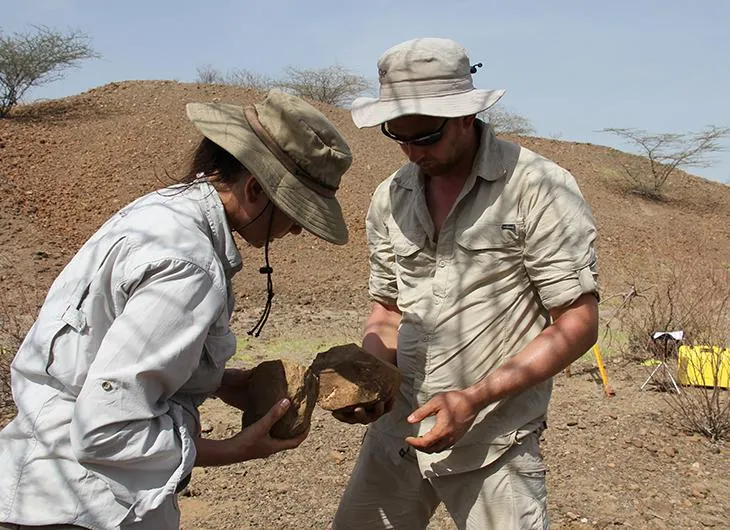
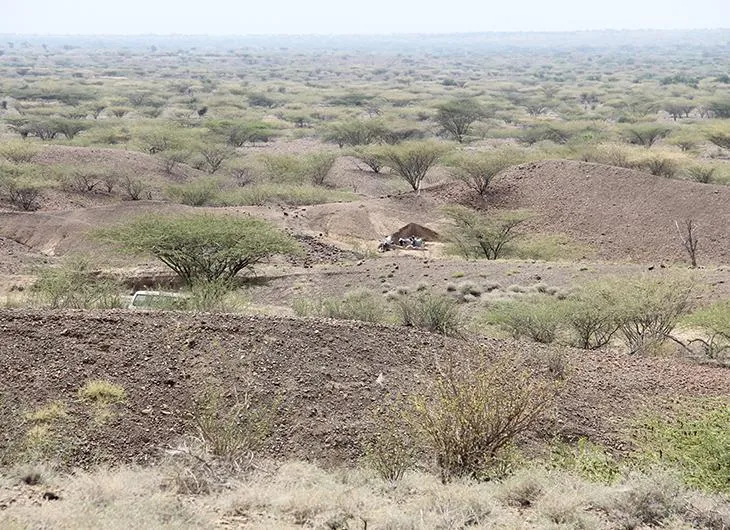
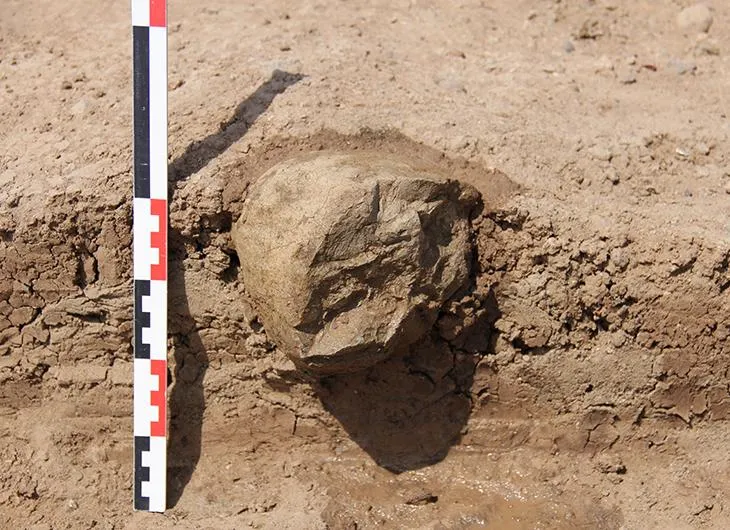
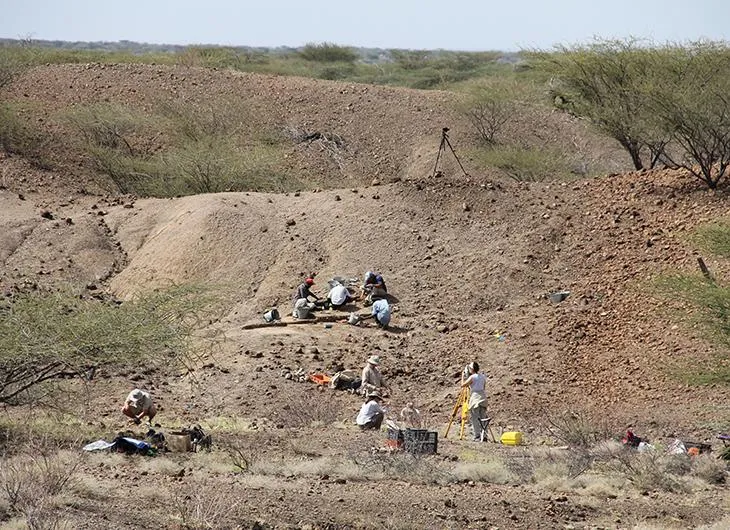
/https://tf-cmsv2-smithsonianmag-media.s3.amazonaws.com/accounts/headshot/Screen_Shot_2014-01-27_at_12.05.16_PM.png)